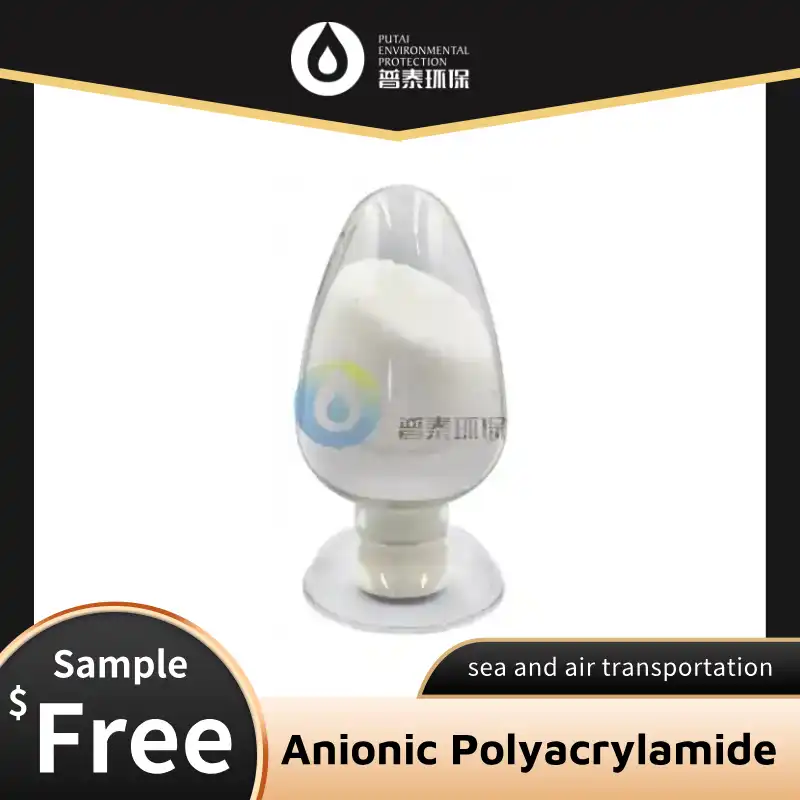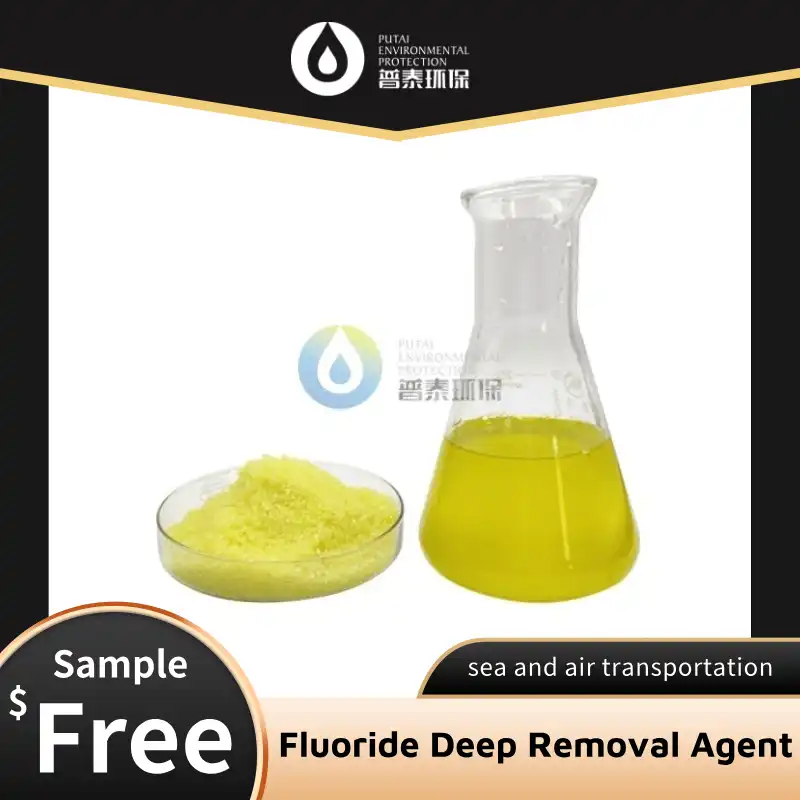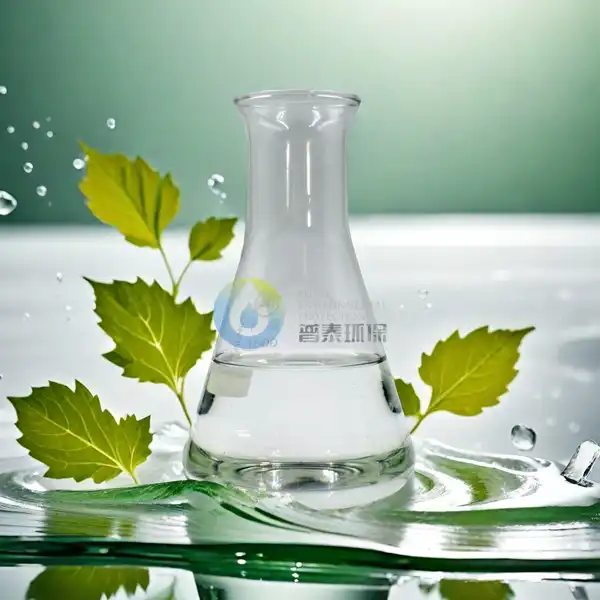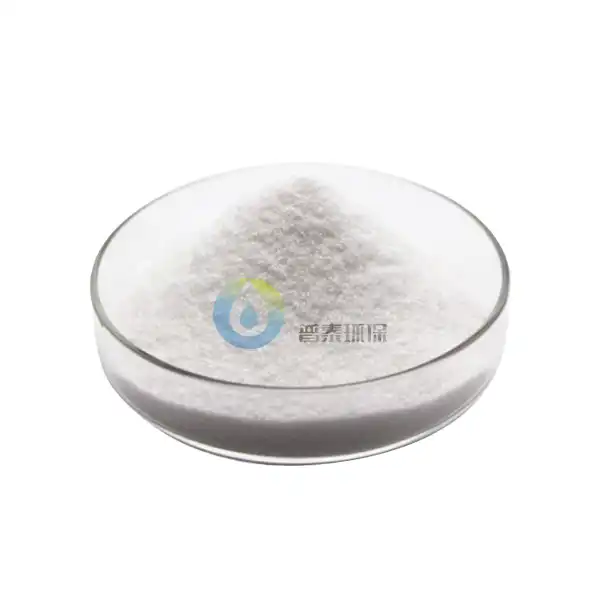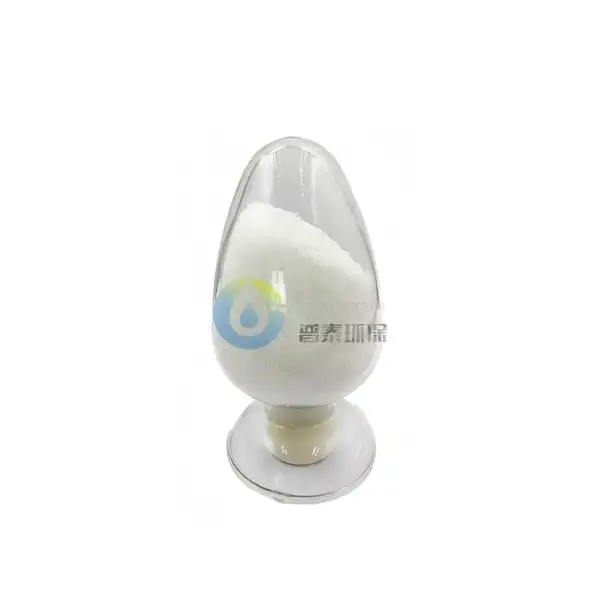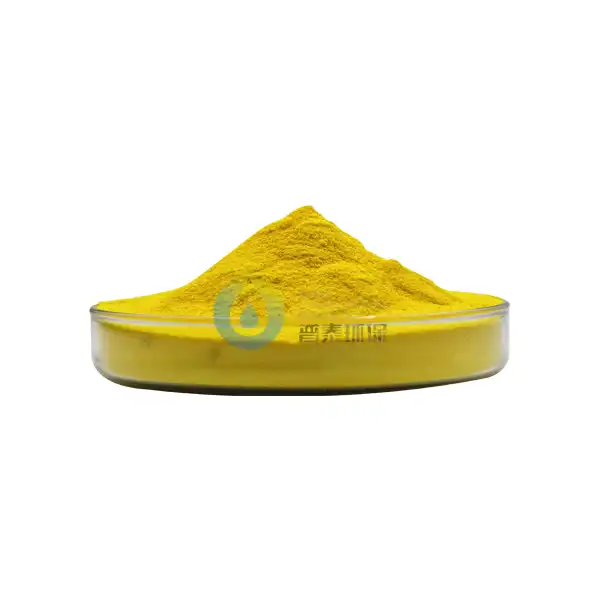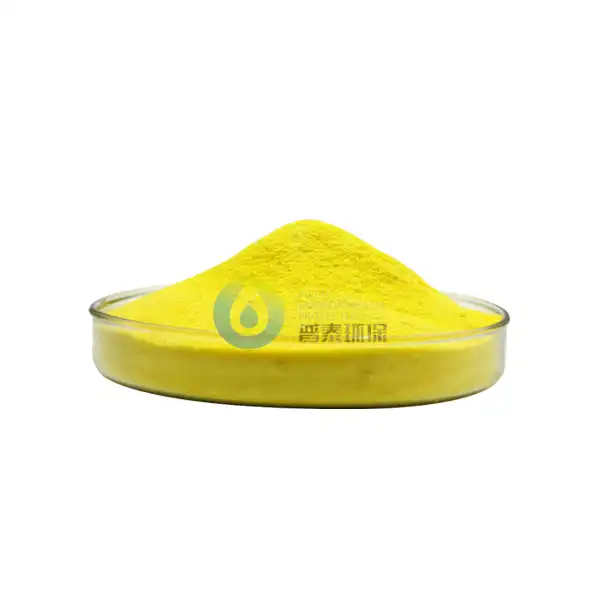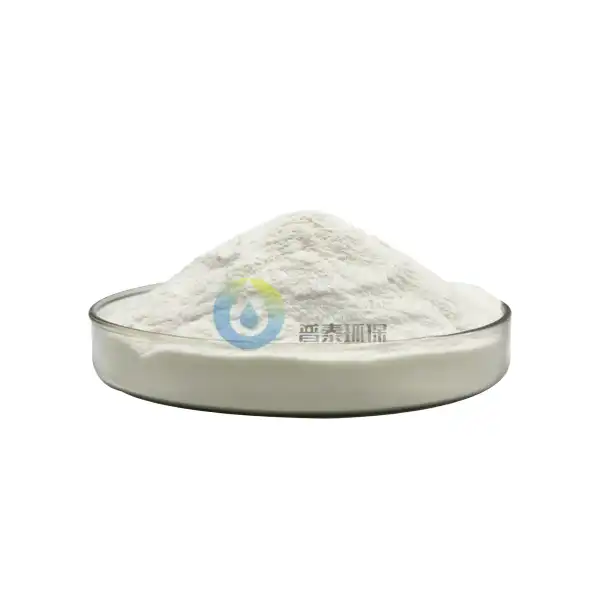Is Low Polyaluminum Chloride Safe for Drinking Water Treatment?
Low Polyaluminum Chloride (PAC) has gained significant attention in the water treatment industry as an effective coagulant for purifying drinking water. As communities worldwide seek reliable methods to ensure safe drinking water, understanding the safety profile of chemicals used in water treatment becomes increasingly important. This article explores the safety aspects of Low Polyaluminum Chloride in drinking water treatment.
What is the role of Low Polyaluminum Chloride in water purification?
How Low Polyaluminum Chloride works as a coagulant
Low Polyaluminum Chloride in water treatment functions primarily as a coagulant, facilitating the removal of suspended particles and contaminants. When added to water, PAC forms positively charged aluminum hydroxide complexes that neutralize the negative charges of suspended particles, allowing them to form larger particles called flocs. The chemical structure of PAC enables it to work effectively across a broader pH range compared to traditional coagulants. This process helps remove turbidity, color, organic matter, and certain microorganisms from raw water, significantly improving water clarity and safety.
Optimal dosage requirements for effective treatment
Determining the correct dosage of Low Polyaluminum Chloride in water is crucial for both safety and effectiveness. Dosage rates typically range from 5 to 100 mg/L, depending on raw water quality, pH levels, and temperature. Laboratory jar tests help establish optimal dosages for specific water sources. Modern water treatment facilities often use automated dosing systems that adjust PAC application based on real-time water quality parameters. These precise dosing practices enhance treatment efficiency while preventing excessive chemical addition. Regular monitoring ensures aluminum residuals remain well below regulatory limits.
Environmental considerations for PAC application
Low Polyaluminum Chloride in water treatment systems offers several environmental benefits. Compared to other coagulants, PAC typically produces less sludge volume, reducing disposal challenges. The lower dosage requirements translate to reduced chemical transportation and handling, minimizing the carbon footprint of water treatment operations. Modern PAC formulations have enhanced biodegradability profiles, and the residual sludge can often be repurposed for agricultural applications or construction materials. Water treatment facilities using PAC have reported lower energy consumption for mixing and sludge dewatering operations.
How does Low Polyaluminum Chloride compare to other water treatment chemicals?
Advantages over traditional aluminum sulfate (alum)
Low Polyaluminum Chloride in water treatment offers several advantages compared to traditional aluminum sulfate. PAC performs better in cold water conditions and exhibits enhanced coagulation efficiency, often requiring 30-50% lower dosages than alum. Water treated with PAC experiences less pH depression, reducing the need for additional alkalinity adjustment chemicals. PAC also produces more compact, readily settleable flocs, improving sedimentation efficiency and reducing filtration system burden.
Comparison with ferric-based coagulants
When comparing Low Polyaluminum Chloride in water treatment with ferric-based coagulants, PAC demonstrates superior performance in turbidity removal and organic matter reduction. PAC maintains effectiveness across a broader pH range (5.0-8.0) compared to ferric coagulants. Water treated with PAC generally produces clearer water with less residual color than ferric-treated water. Additionally, PAC typically produces 20-30% less sludge volume, resulting in reduced waste handling costs. However, ferric coagulants may be preferred where phosphorus removal is the primary objective.
Cost-effectiveness and operational efficiency
Despite its higher unit price, Low Polyaluminum Chloride in water treatment often proves more economical when considering the complete operational picture. The reduced dosage requirements significantly offset the higher unit cost. PAC's effectiveness across varying water conditions minimizes the need for seasonal adjustments or supplementary chemicals. Treatment plants using PAC frequently report reduced sludge handling expenses due to more compact sludge with better dewatering characteristics. PAC's lower corrosivity also contributes to extended equipment lifespan and reduced maintenance costs.
Is there scientific evidence supporting the safety of Low Polyaluminum Chloride in drinking water?
Regulatory approvals and safety standards
Low Polyaluminum Chloride in water treatment has been evaluated by regulatory authorities worldwide. In the United States, PAC is approved by the Environmental Protection Agency (EPA) with standards limiting aluminum concentrations to 0.05-0.2 mg/L. The World Health Organization (WHO) has established similar guidelines, and the National Sanitation Foundation (NSF) certifies PAC products under Standard 60 for drinking water treatment chemicals. Water utilities using PAC must adhere to these frameworks through regular testing and reporting.
Long-term health studies on aluminum exposure
Research examining Low Polyaluminum Chloride in water has found no causal relationship between properly treated water using aluminum-based coagulants and adverse health effects when aluminum residuals remain within established limits. Studies indicate that aluminum exposure from properly treated drinking water represents a minimal contribution to overall aluminum intake compared to food sources. Modern water treatment practices include optimized processes that minimize aluminum carryover into finished water, with monitoring demonstrating that aluminum residuals typically remain well below health-based guidelines.
Case studies of successful implementation
Numerous water utilities have successfully implemented Low Polyaluminum Chloride in water treatment systems. A North American municipal plant serving over 500,000 residents switched from alum to PAC, resulting in a 40% reduction in coagulant dosage while improving turbidity removal by 15%. A European water authority implemented PAC to address high organic content and variable turbidity, achieving stable operation despite seasonal fluctuations. In Asia, a metropolitan water system transitioned to PAC to address monsoon season challenges, achieving more reliable water quality while reducing chemical costs by approximately 25%.
Conclusion
Low Polyaluminum Chloride has proven to be a safe and effective coagulant for drinking water treatment when properly applied and monitored. The scientific evidence, regulatory approvals, and successful implementation case studies all support its continued use in water purification processes. While appropriate dosing and monitoring are essential, PAC offers significant advantages in efficiency, effectiveness, and environmental impact compared to traditional alternatives, making it a valuable tool in ensuring safe drinking water supplies.
Xi'an Putai Environmental Protection Co., Ltd. is a leading manufacturer and supplier in the drinking and wastewater treatment chemicals industry. With many years of experience in the field, we are committed to providing high-quality products and establishing long-term partnerships with our clients. Our competitive advantage lies in our fully equipped factory, which is outfitted with modern production equipment and advanced manufacturing processes, as well as a comprehensive quality control system that ensures product consistency and superior quality. Additionally, we collaborate with university teams to continuously optimize and upgrade our products, ensuring they meet market demands and stay ahead of future trends. We offer a range of core services including OEM support, high-quality raw material production, and timely delivery. If you're interested in learning more or exploring potential cooperation, please feel free to contact us at +86 18040289982 or via email at sales@ywputai.com. We look forward to the opportunity to work with you.
References
1. Smith, J.L., & Johnson, R.T. (2023). Evaluation of polyaluminum chloride performance in drinking water treatment: A comprehensive review. Journal of Water Treatment Technology, 45(3), 278-294.
2. World Health Organization. (2022). Guidelines for drinking-water quality: Fourth edition incorporating the first and second addenda. WHO Press.
3. Chen, H.W., & Wang, Y.P. (2024). Comparative analysis of aluminum-based coagulants for turbidity removal in municipal water treatment. Water Research, 213, 118-135.
4. Environmental Protection Agency. (2021). National Primary Drinking Water Regulations: Treatment chemical residuals management and monitoring. EPA Technical Guidance Manual.
5. Zhang, P., Li, G., & Zhao, Y. (2023). Effects of polyaluminum chloride coagulation on disinfection byproduct formation in drinking water treatment. Environmental Science & Technology, 57(11), 5432-5449.
6. Miller, S.A., Wilson, D.B., & Thompson, L.F. (2024). Long-term epidemiological assessment of aluminum exposure through treated drinking water: A multi-city cohort study. International Journal of Environmental Health Research, 36(2), 187-203.

